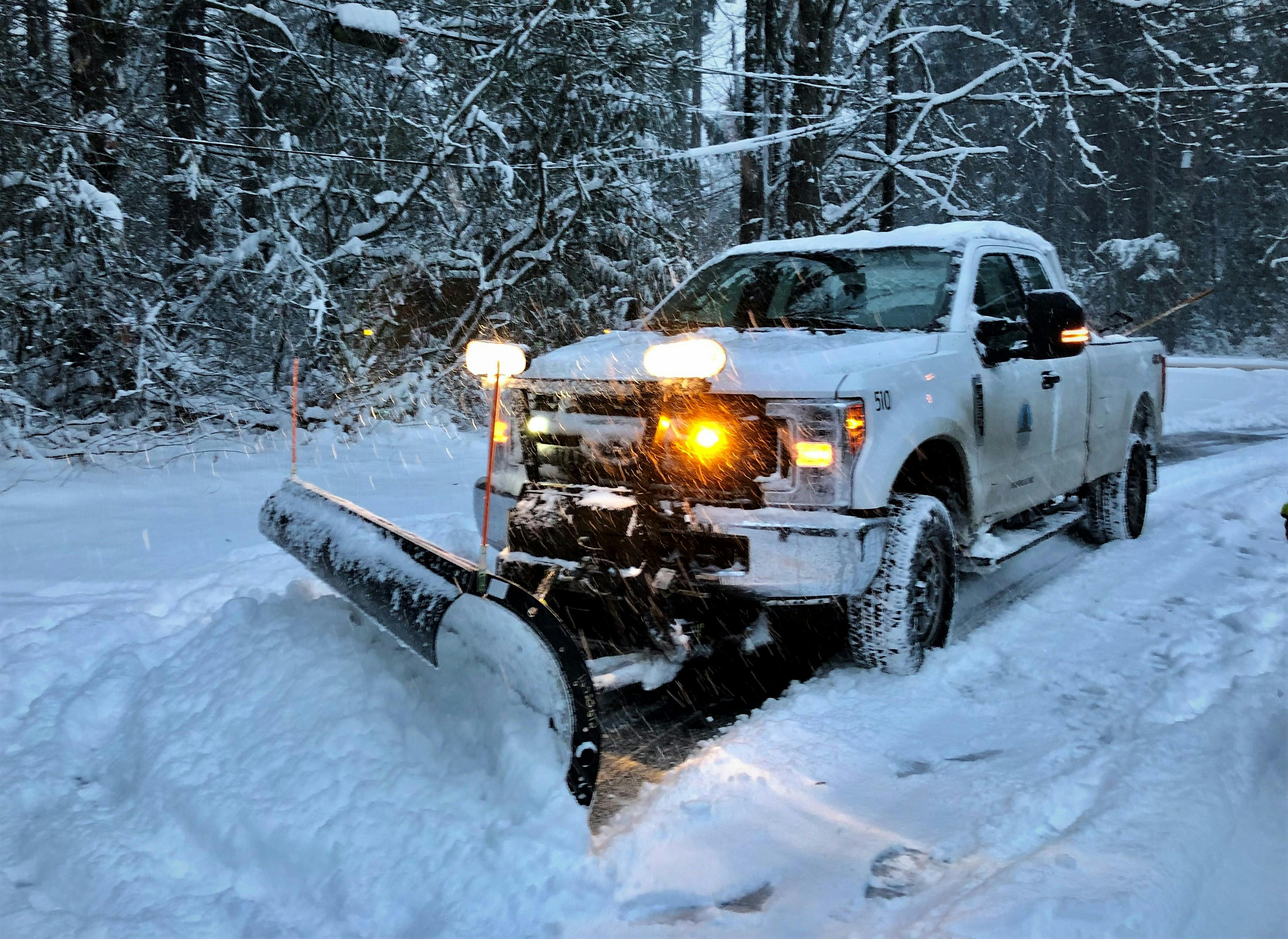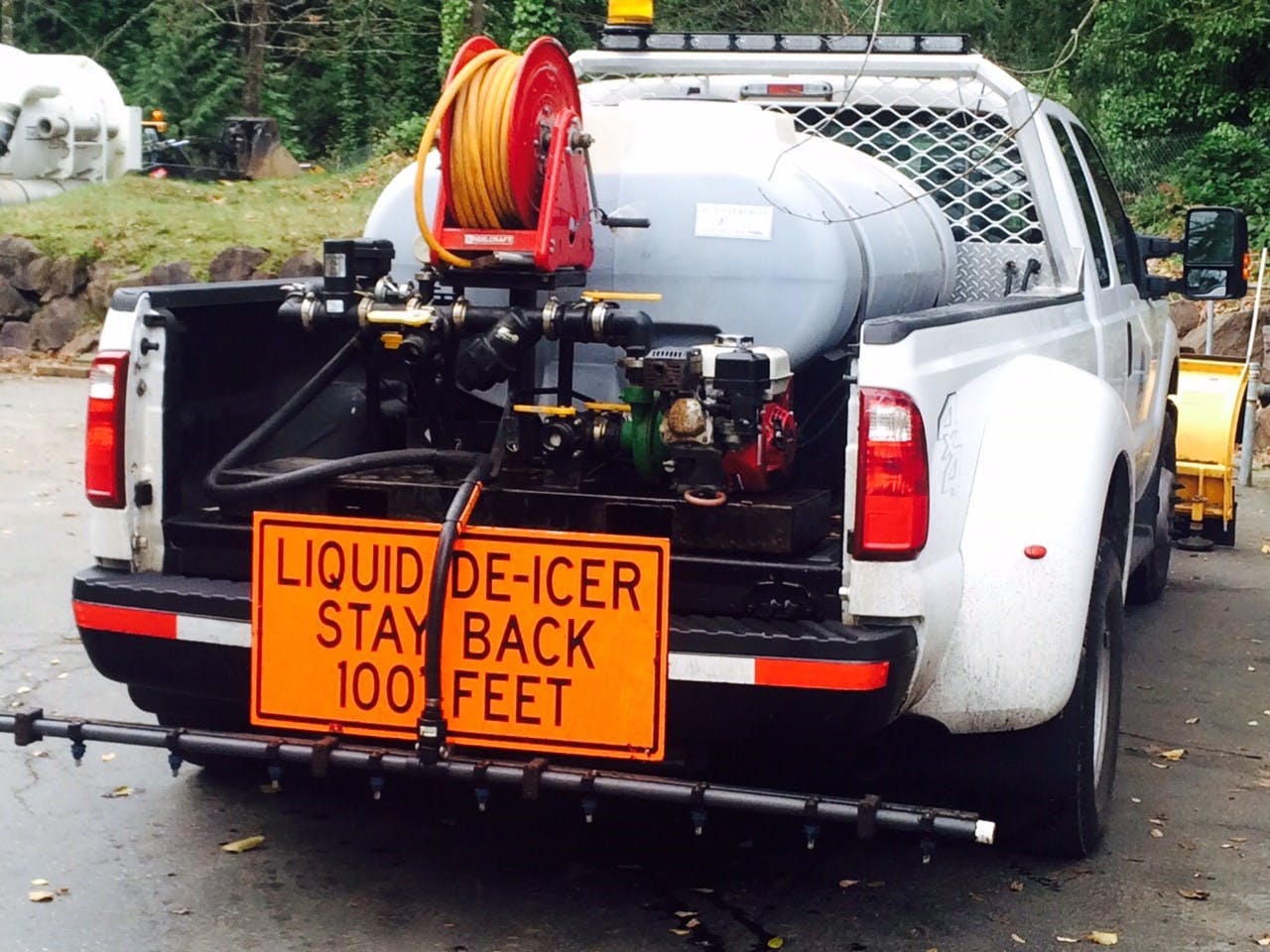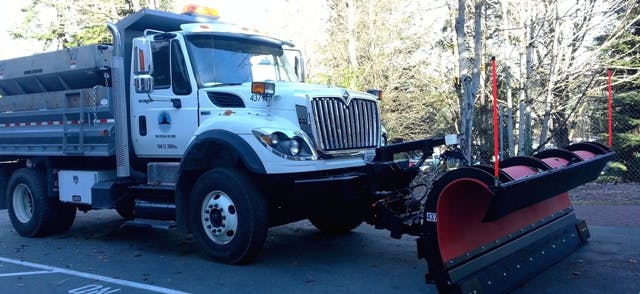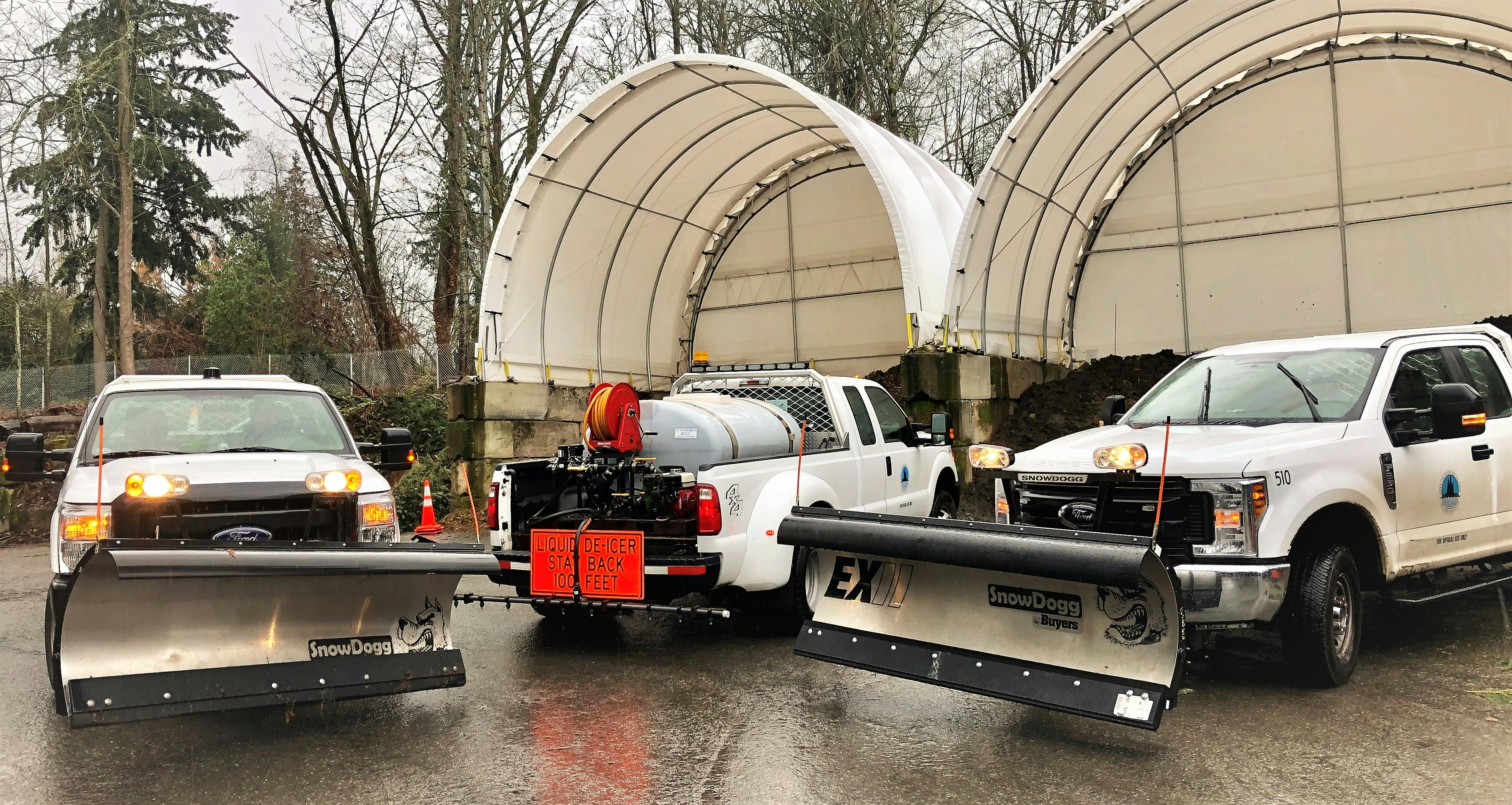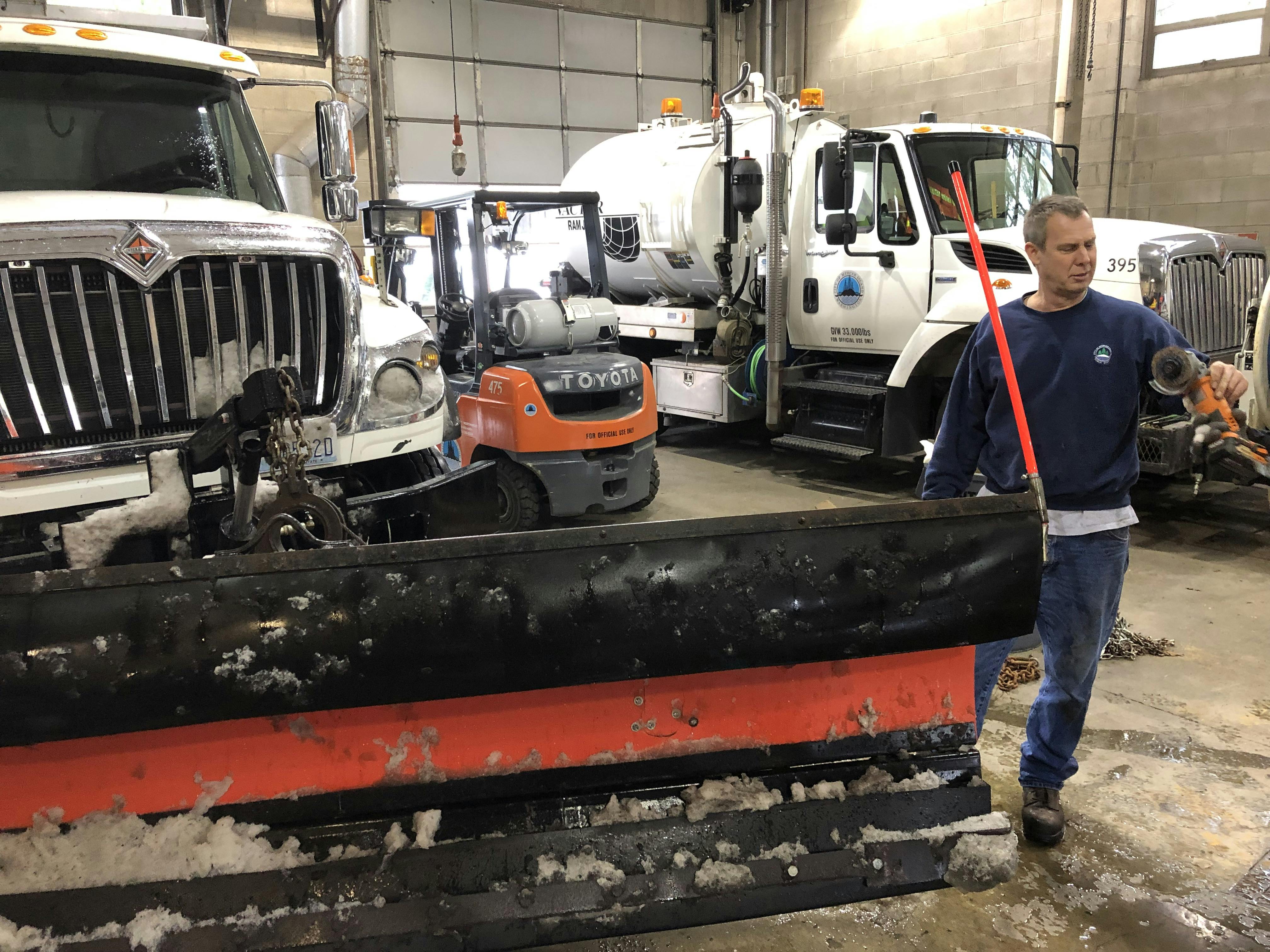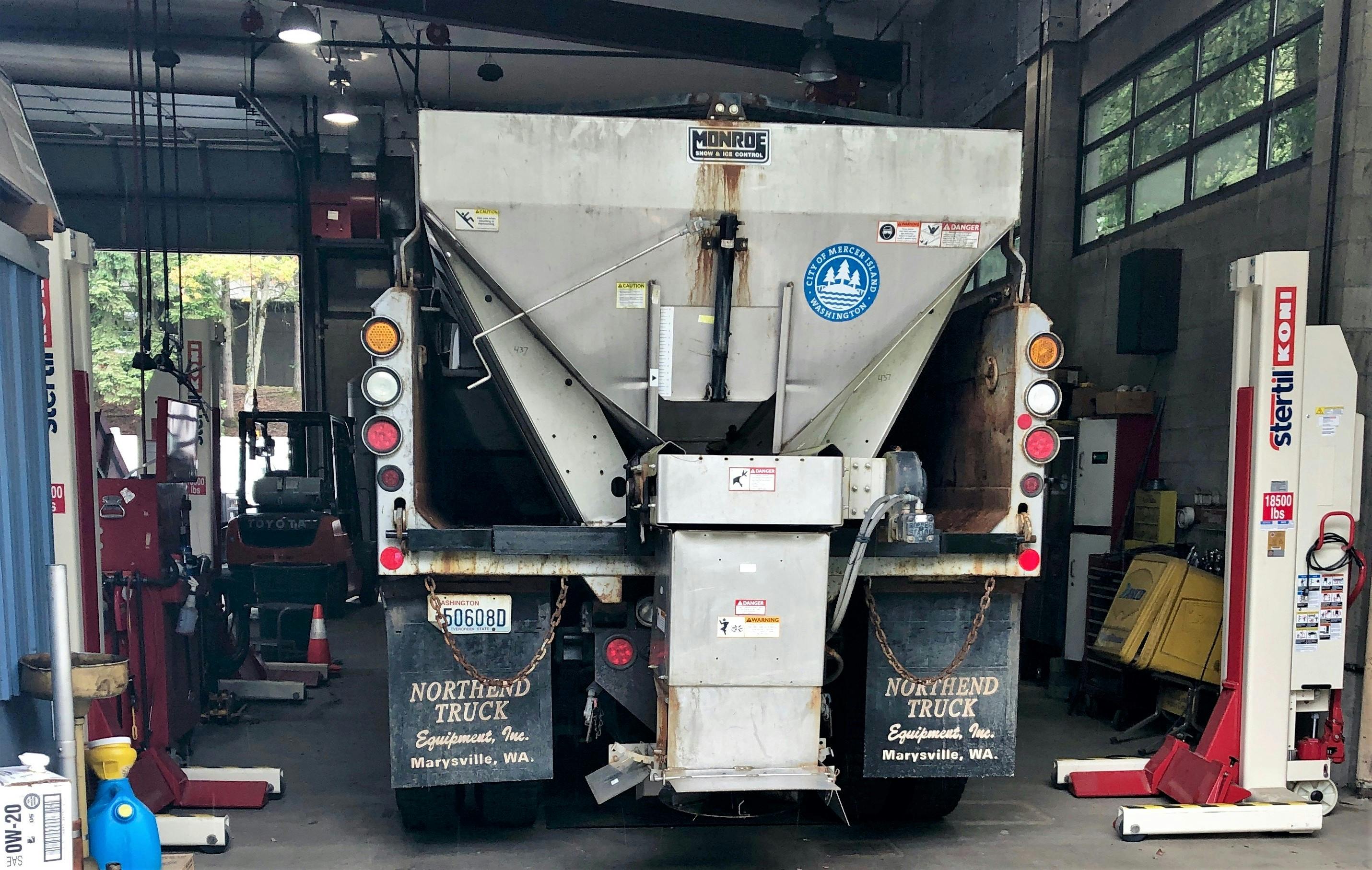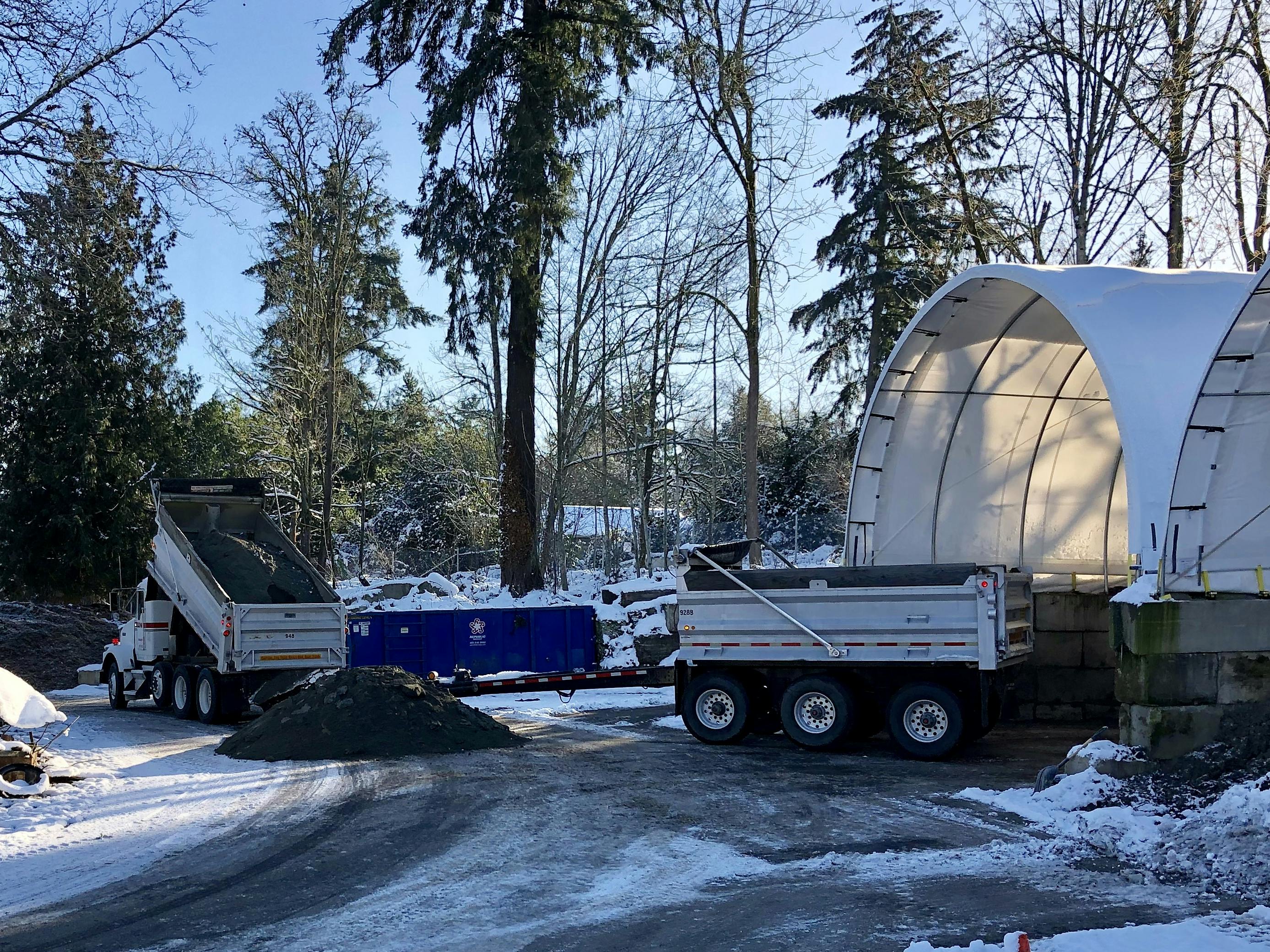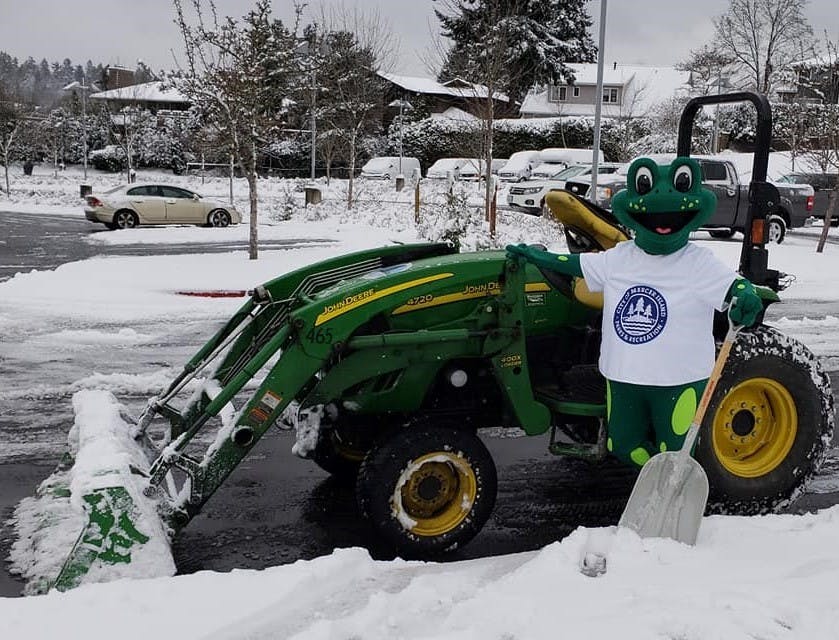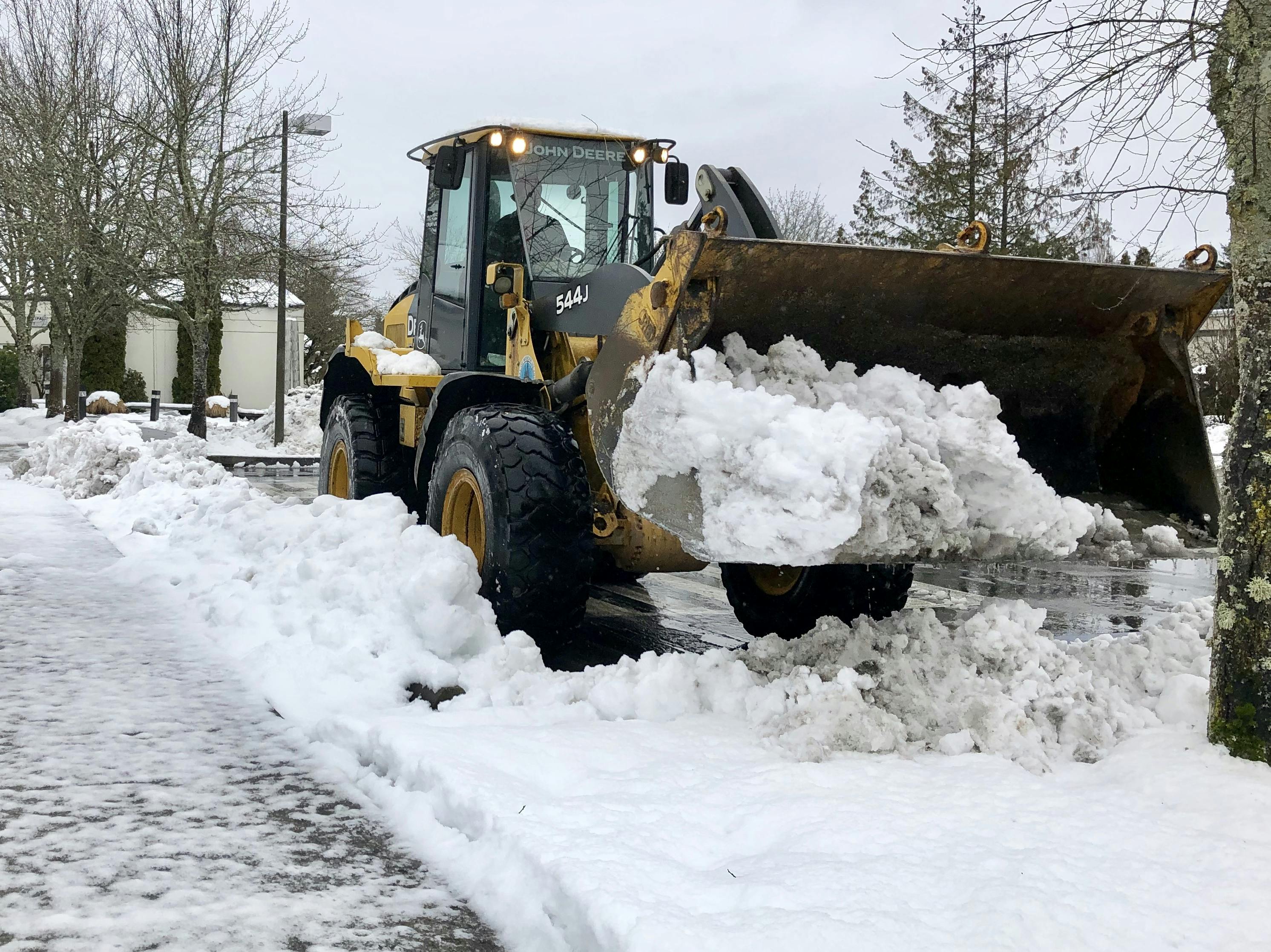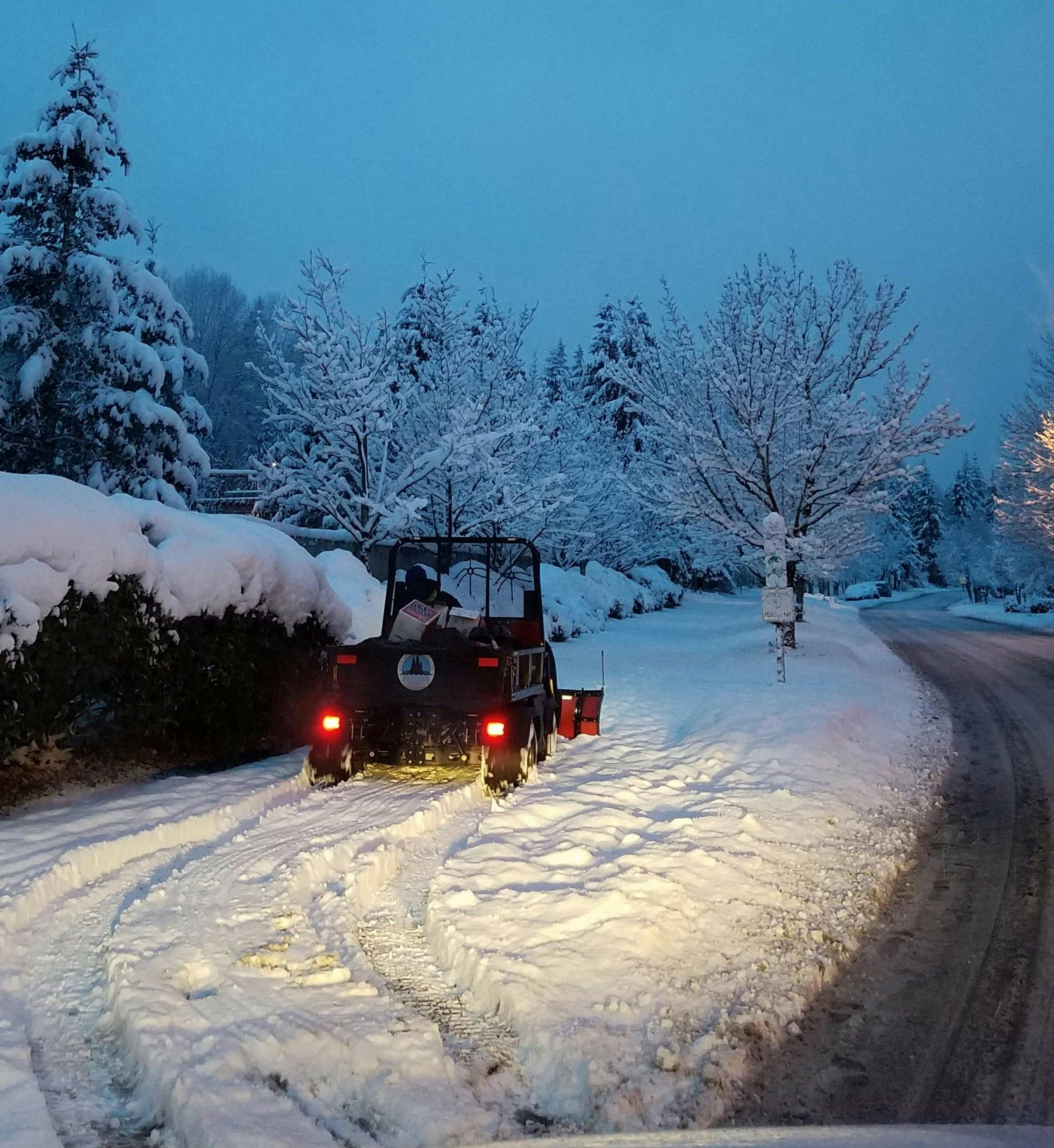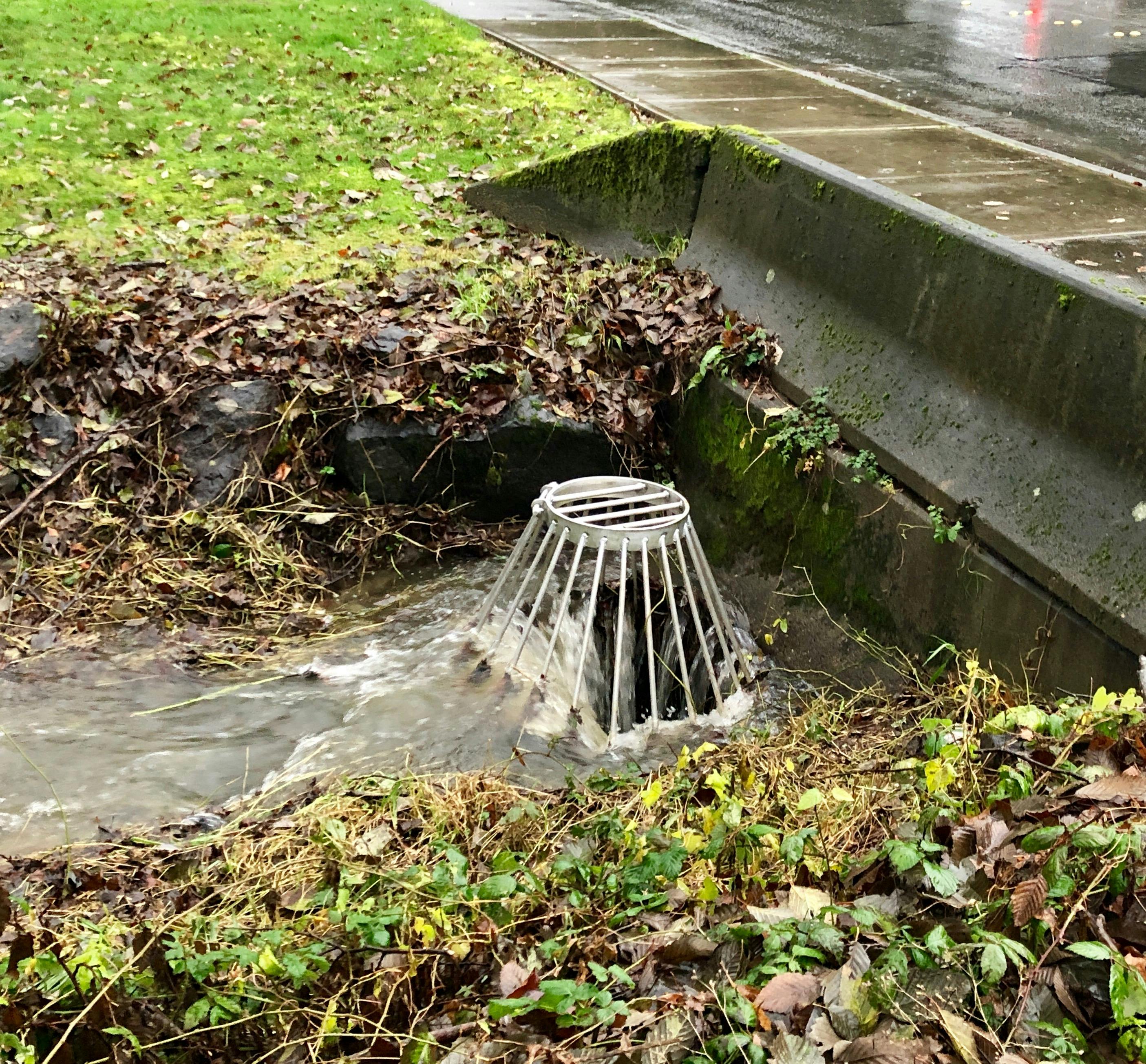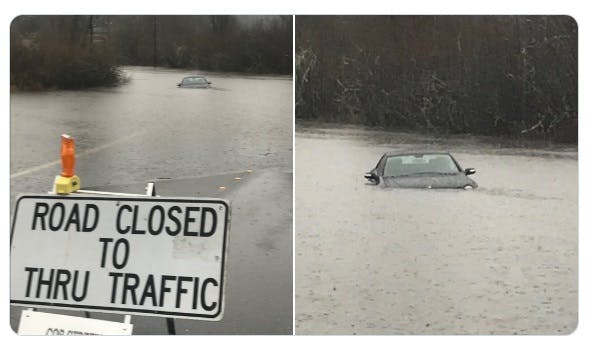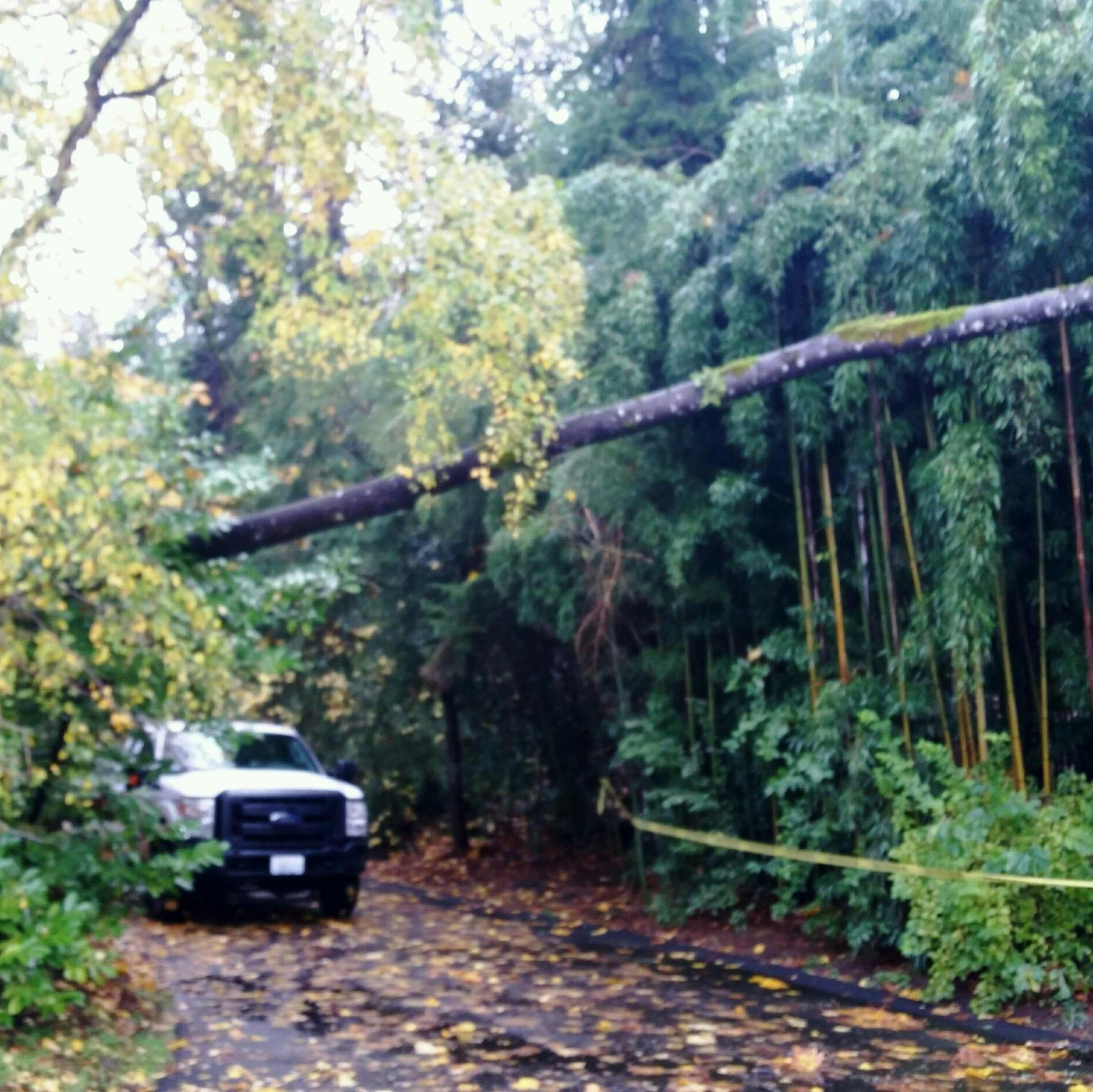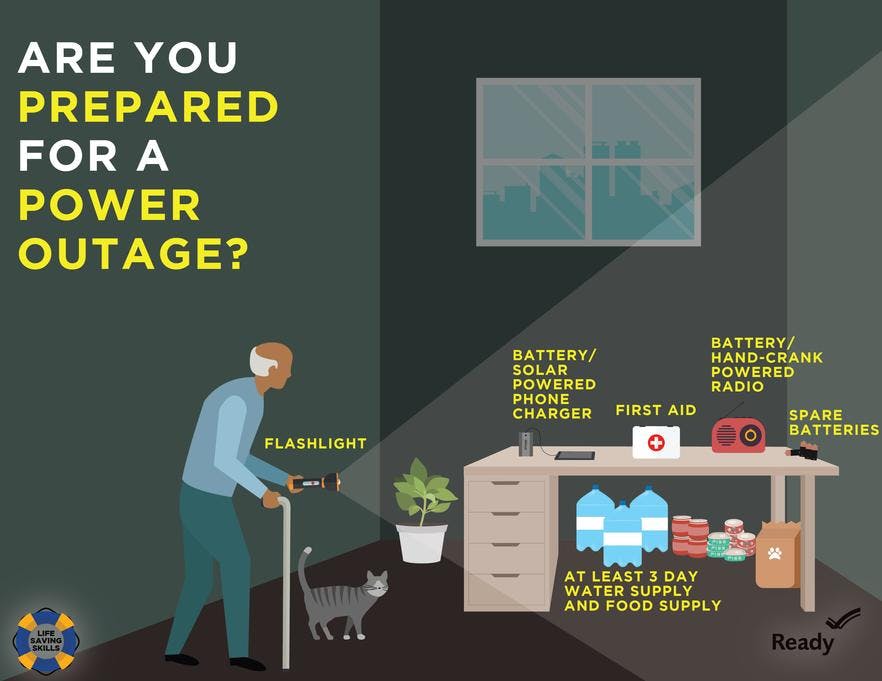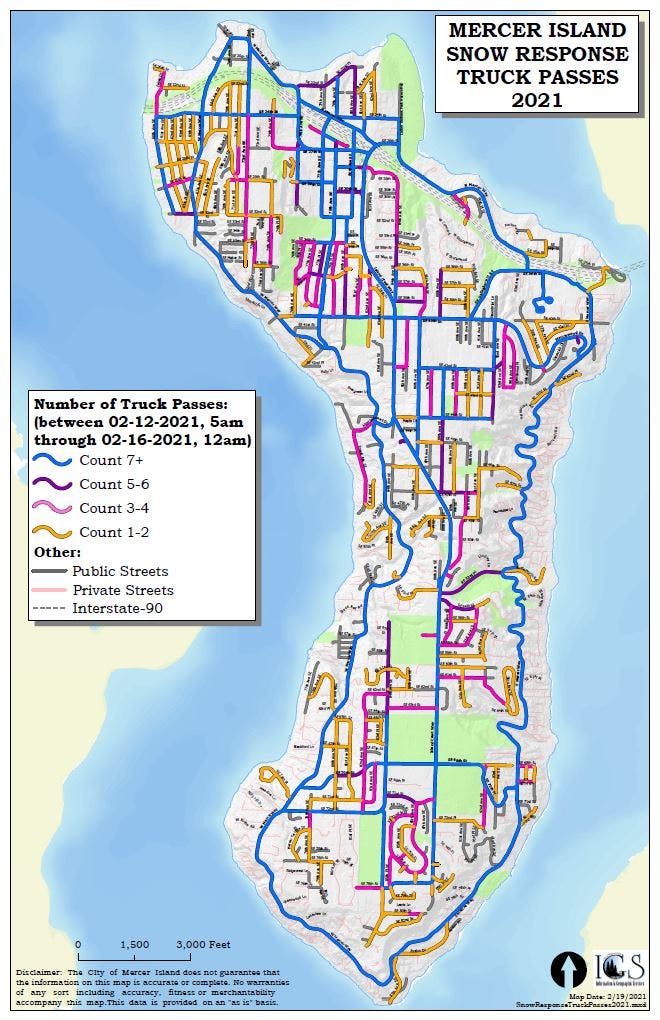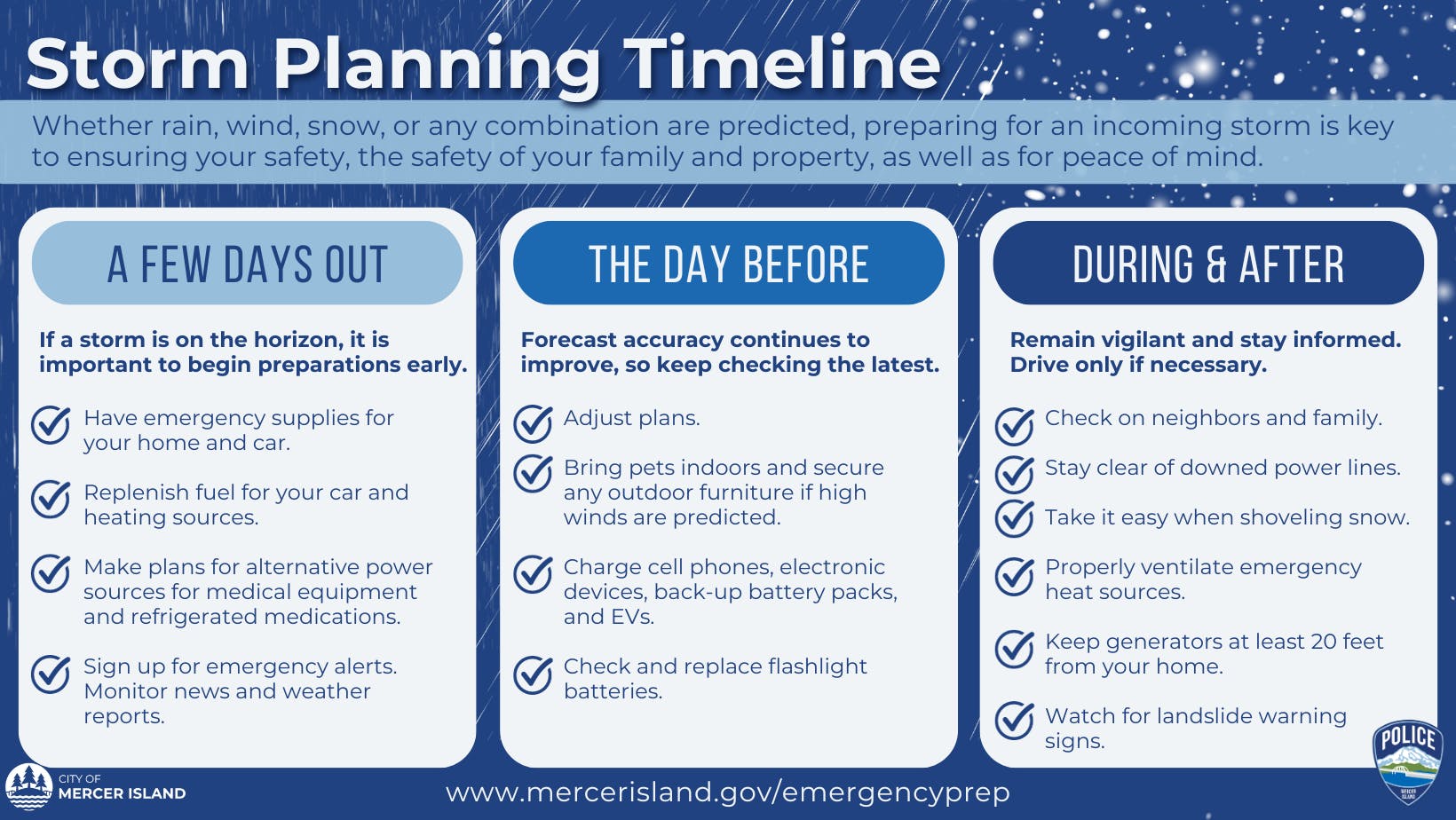Photo Gallery

Know how to recognize the warning signs of a landslide.
Fast-moving landslides:
• Listen and watch for rushing water, mud, and unusual sounds like trees cracking or boulders knocking together.
• A faint rumbling sound that increases in volume is noticeable as the landslide nears.
• Moving fences, retaining walls, utility poles, k-rails, boulders, or trees.
Slow-moving landslides:
• Changes occur in your landscape such as patterns of storm-water drainage on slopes (especially the places where runoff water converges), land movement, small slides, flows, or progressively leaning trees.
• Doors or windows stick or jam for the first time.
• New cracks appear in plaster, tile, brick, or foundations.
• Outside walls, walks, or stairs begin pulling away from the building.
• Slowly developing, widening cracks appear on the ground or on paved areas such as streets or driveways.
• Bulging ground appears at the base of a slope.
• Water breaks through the ground surface in new locations.
• Fences, retaining walls, utility poles, or trees tilt or move.
• The ground slopes downward in one direction and may begin shifting in that direction under your feet.
• Underground utility lines break.
